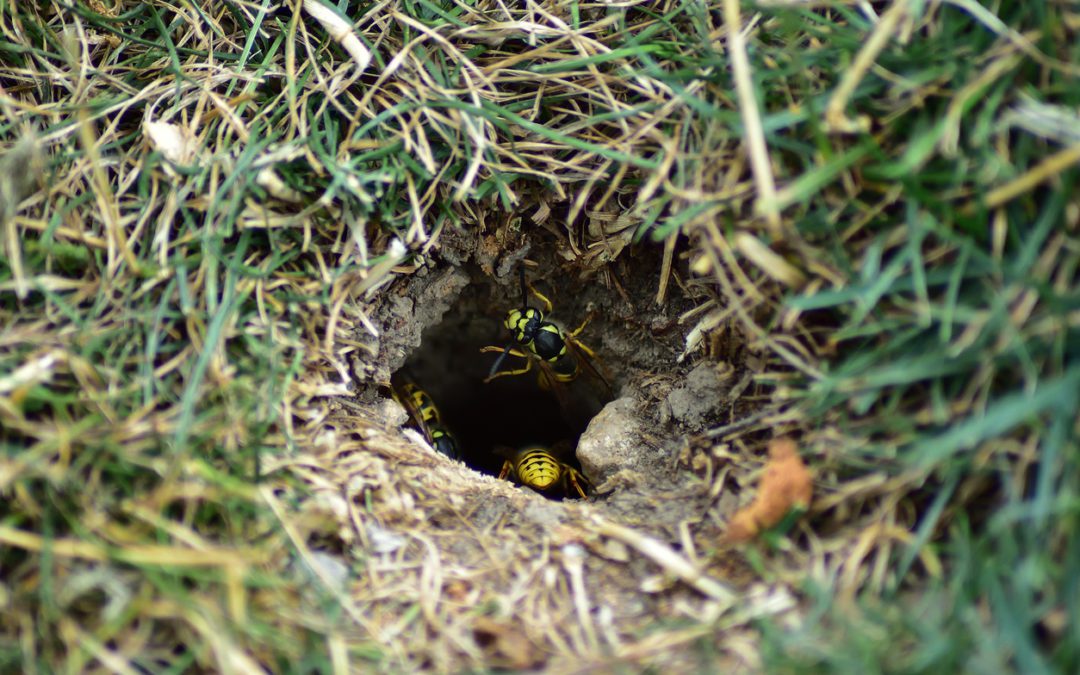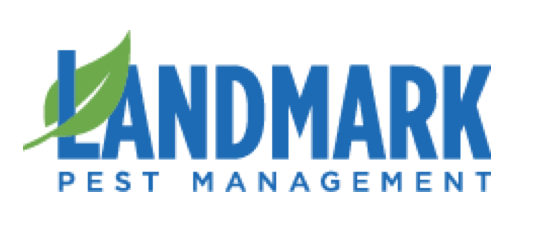Yellow jackets, genera Dolichovespula and Vespula, are a commonly observed wasp species across most of the United States, their yellow and black striped bodies are often found buzzing around open garbage bins, discarded soft drink containers, and the summer picnic.
Attracted by sweet smells and the promise of an easy meal, they can become a nuisance during summertime gatherings. Nuisance can quickly escalate into danger when human activity stumbles across an active nest and the yellow jackets go into high alert mode — and this is particularly true when these cavity-nesting wasps take up residence underground. Vibrations from footsteps near the nest entrance can stir them up, and the risk of being stung repeatedly is high.
A quick Internet search will yield countless DIY wasp removal techniques, often of questionable efficacy, but it’s generally best to leave treatment and
Locating an Underground Yellow Jacket Nest
The entrance to an underground yellow jacket nest isn’t always easy to spot, because it may be partially obstructed by loose debris and leaves. Yellow jackets will often camouflage their nest hole, but you can usually pinpoint the location of the nest by looking for “airport activity.” The wasps forage widely, bringing food back to the nest. If you observe wasps flying in and out, you’ve found the entrance hole.
- Is the nest located in a high-traffic area where it will likely be disturbed? If the answer is no, the best course of action is leaving the nest alone. Coexistence is possible. While their behavior can be bothersome to picnic-goers, yellow jackets do eat a lot of mosquitoes and other pest species.
- What time of year is it? If you’re just noticing airport activity in the early spring, the nest could be small and easily treated by over-the-counter products. Yellow jacket colonies die off at the onset of cold weather and don’t reuse nests from year to year. Waiting them out is a good strategy.
Elimination of an underground yellow jacket nest can be a complicated job because the colony can be a considerable distance away from the ground-level entrance holes.
How To Eliminate Yellow Jacket Nests Underground
Again, hiring a professional is the preferred course of action, but treatment and elimination by the homeowner is possible. We don’t recommend a DIY approach personally, but if you insist, keep these things in mind:
- Wait until after dark. Yellow jackets are a diurnal species, meaning they are only active during the day. You’ll lessen your chances of provoking the wasps if you wait until after the sun is down. If you have to use a flashlight, a red filter won’t disturb the resting wasps.
- Protective clothing is a must. Long-sleeves, jeans, thick gloves and safety goggles are a must have if you are going to treat a nest on your own. Have we mentioned yellow jacket stings are quite painful?
- A dust treatment is preferable to an aerosol product. Apply the dust according to manufacturer’s instruction at the entrance hole. Yellow jackets returning from foraging runs will carry the dust further into the nest as it stick to their bodies.
- Yellow jacket activity won’t stop overnight, so observe the nest from a safe distance over the next several days following treatment. Repeat after one week.
We have lots more information available on the removal of wasps and hornets – so check out our web site or browse some of our wasp blog posts.


